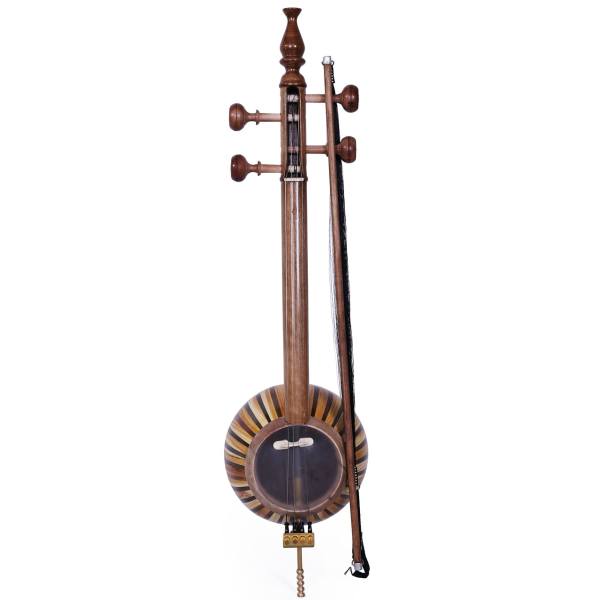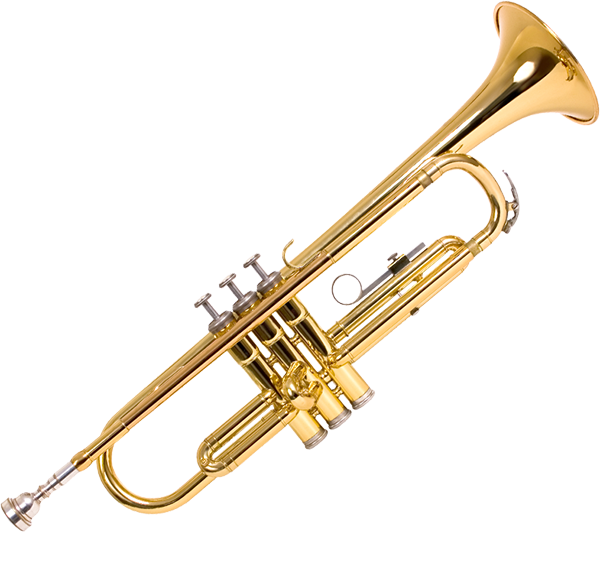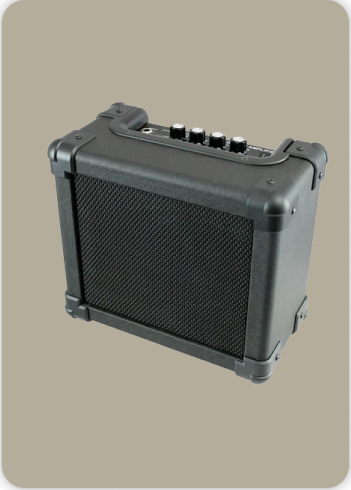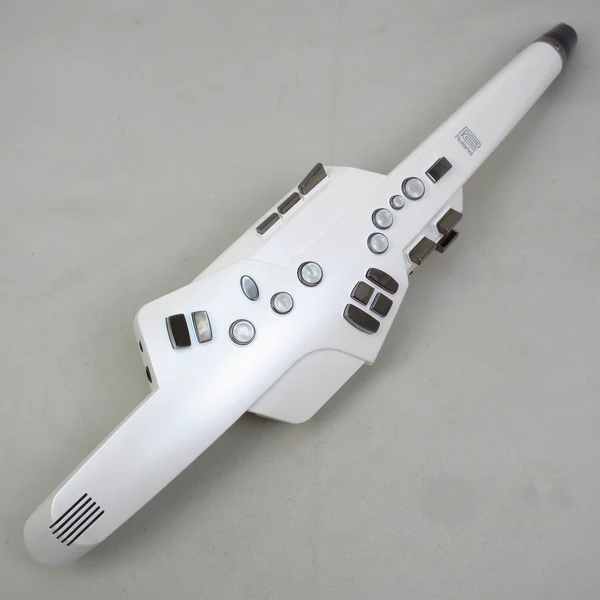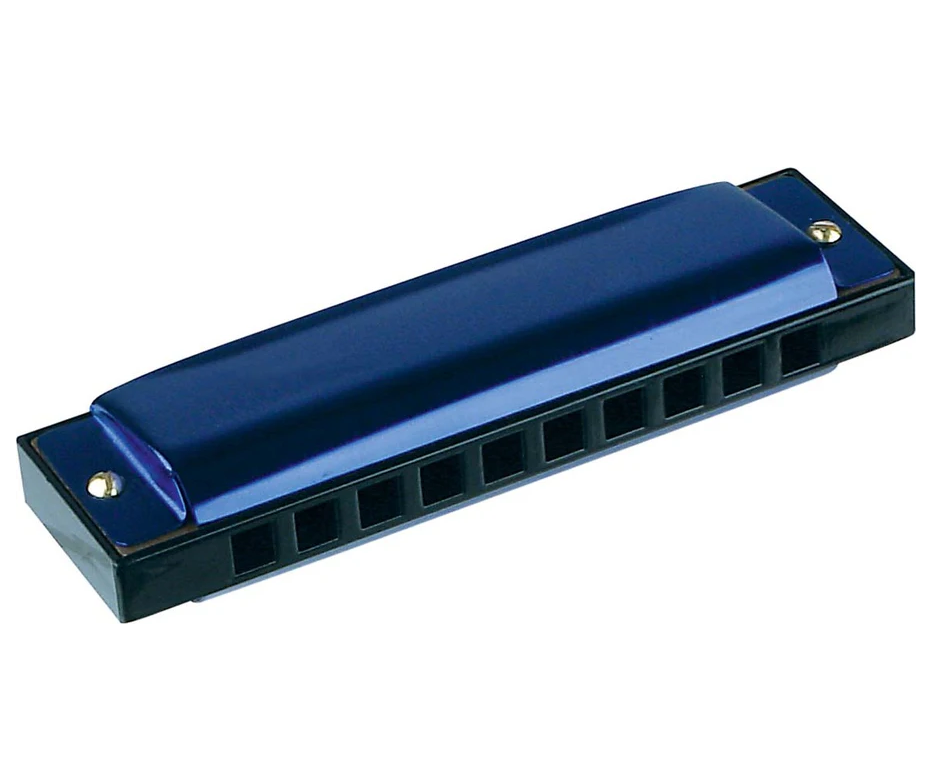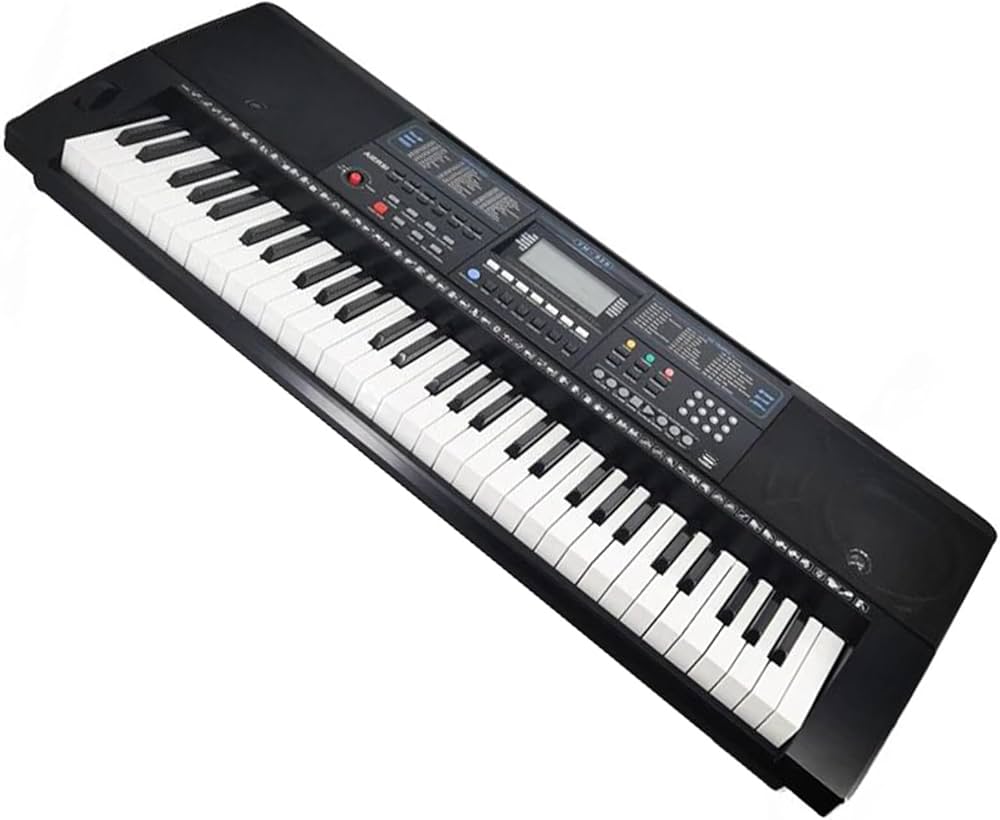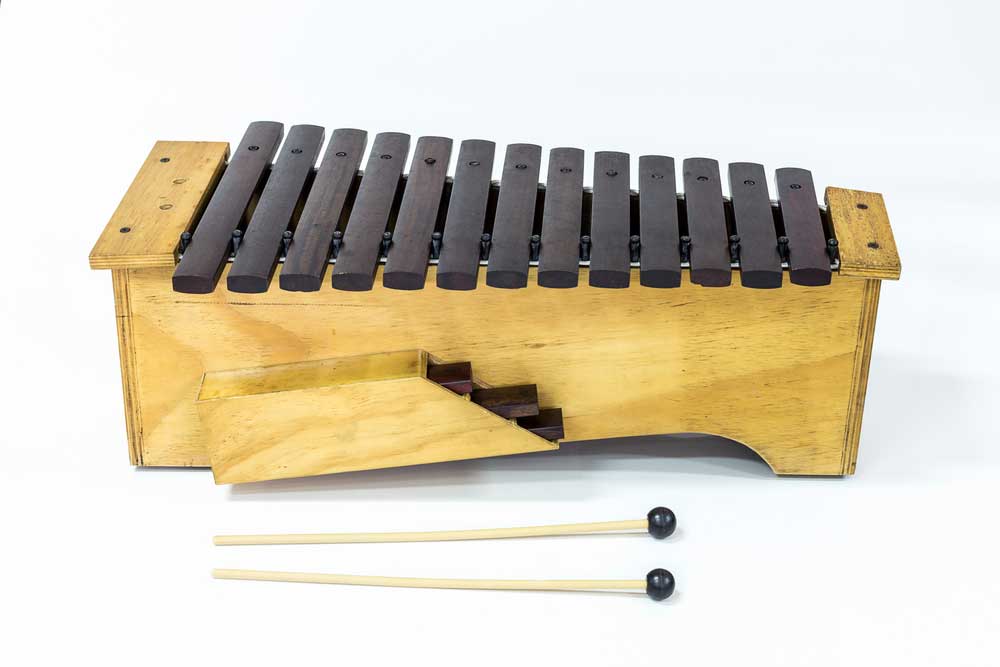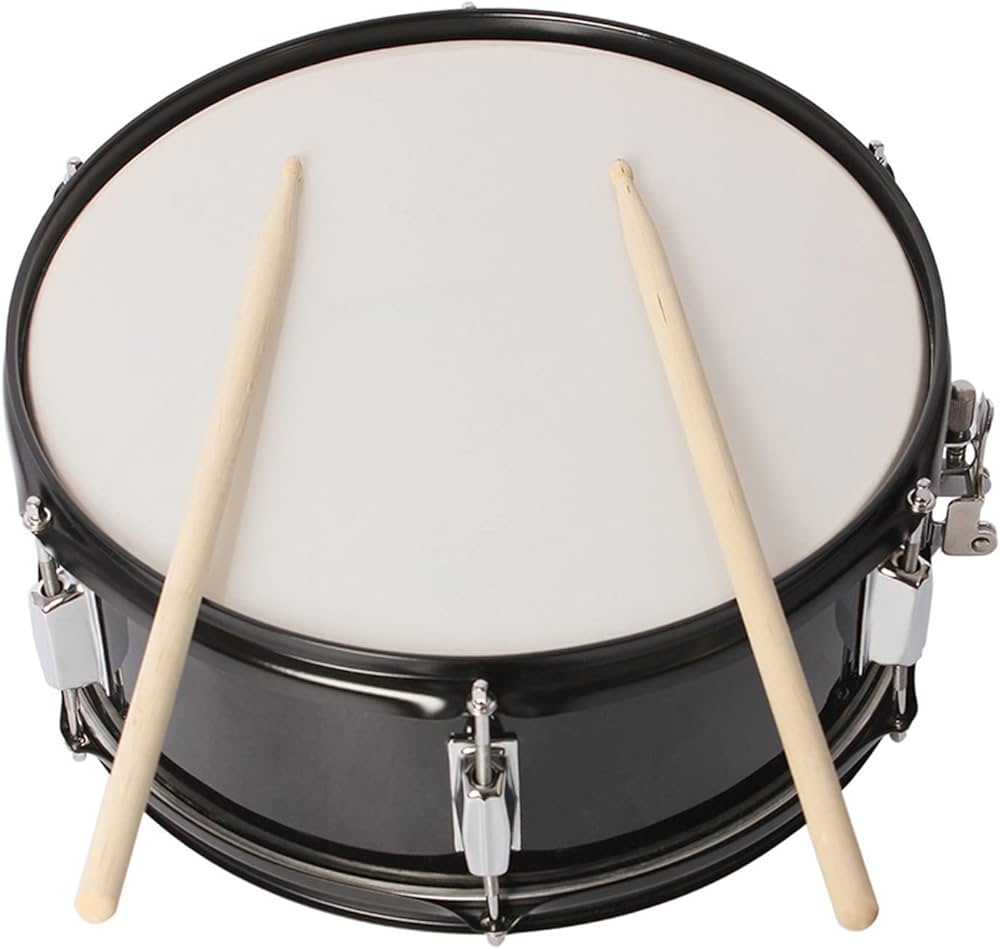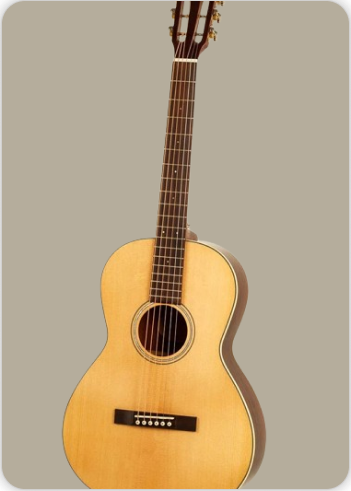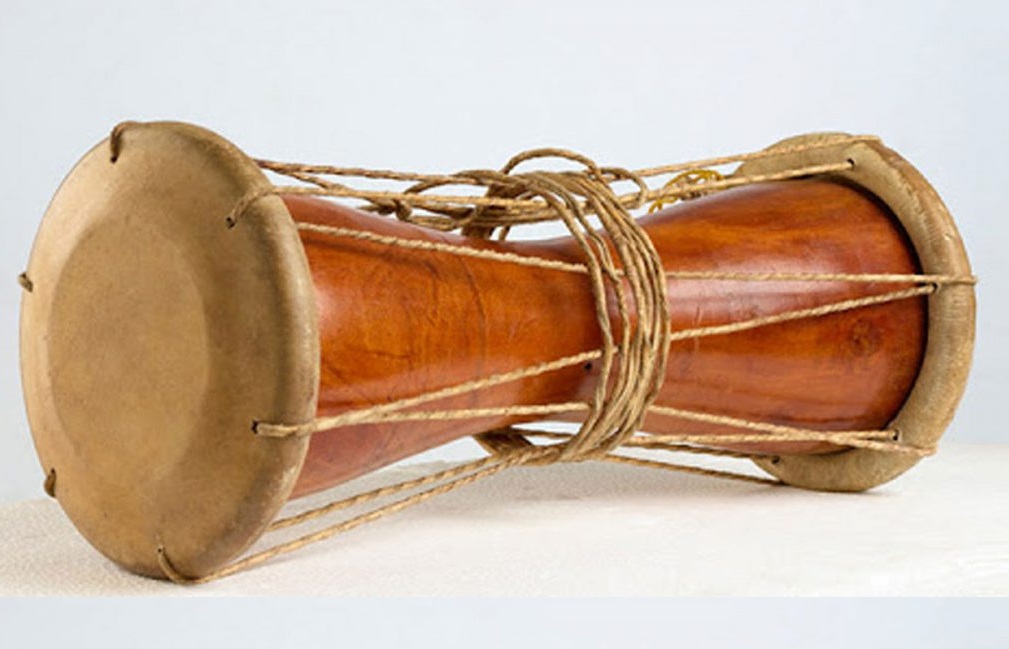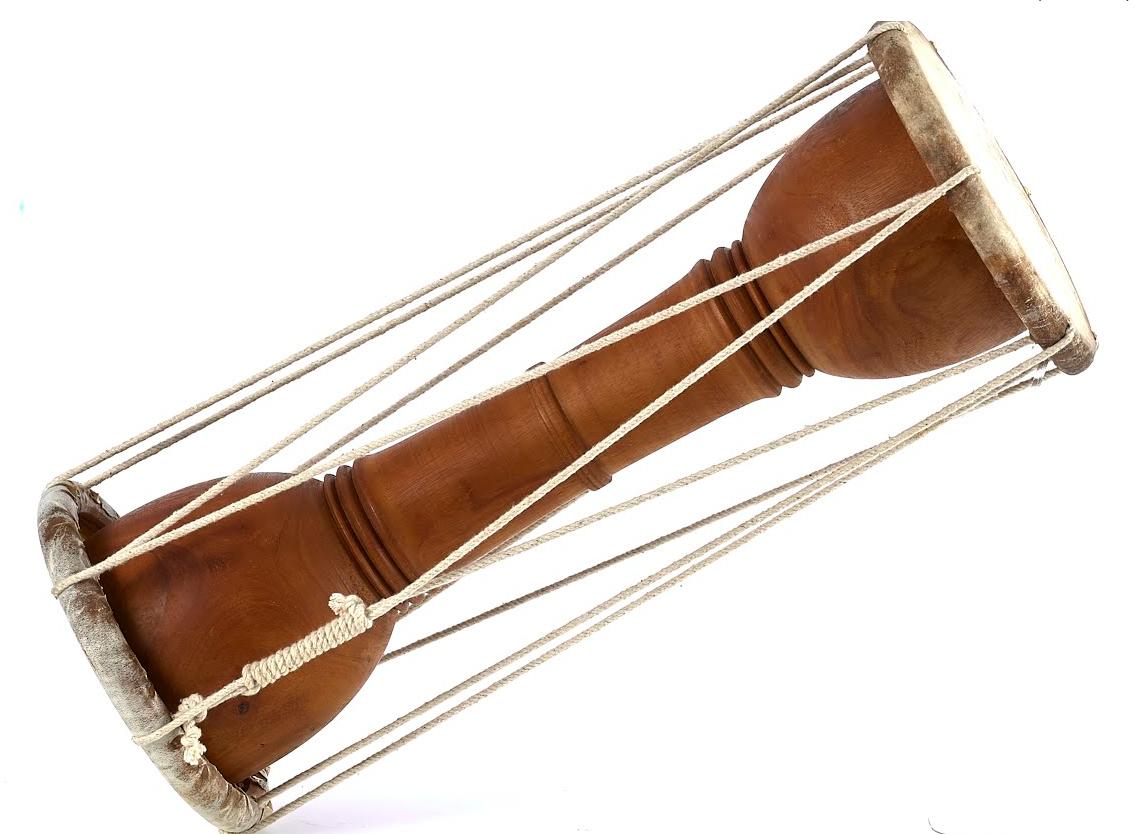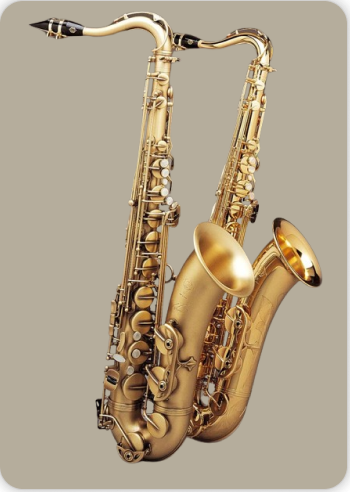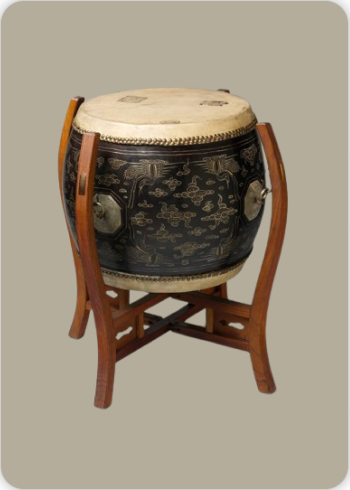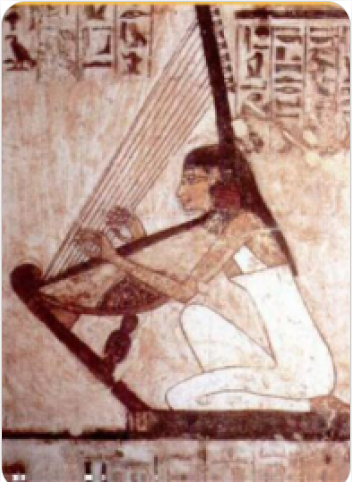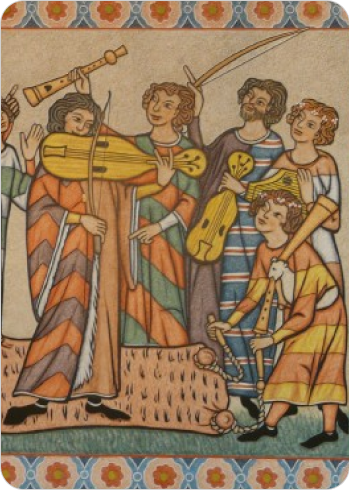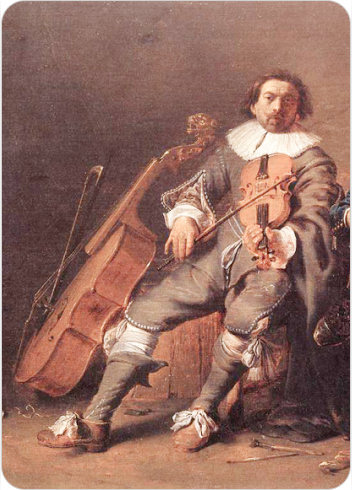Thimila
Percussions
Asia
Between 0 and 1000 AD
Video
The Thimila is a traditional percussion instrument with deep roots in South Indian classical and temple music. It belongs to the membranophone family and is known for its distinct shape and playing technique. The instrument is particularly significant in Kerala, where it plays a vital role in temple rituals and traditional ensemble performances. Often used in Panchavadyam (a five-instrument ensemble), the Thimila produces intricate rhythms that enhance the grandeur of temple festivities.
Unlike other Indian percussion instruments such as the tabla or mridangam, the Thimila is not used for solo performances but rather as an accompaniment in group settings. It is a hand-played drum with a unique hourglass shape, which allows the musician to manipulate the tension of the drumheads while playing, producing dynamic variations in tone.
Description and Type of Instrument
The Thimila is a double-headed drum made from natural materials. The instrument’s body is usually crafted from jackfruit wood, chosen for its durability and ability to produce resonant tones. The drumheads are made from cowhide or deerskin, which are stretched and fastened to the shell using tension cords. These cords are tightened or loosened manually, allowing the player to control the pitch and tonal quality of the drum.
The playing technique of the Thimila is distinctive. Unlike many other Indian drums that are played with sticks or a combination of fingers and palms, the Thimila is played exclusively with the hands. The player uses both hands to strike the drumheads in a rapid and controlled manner, producing rhythmic patterns that are complex yet fluid.
The instrument is classified as a percussion instrument under the membranophone category, as its sound is generated by striking stretched membranes. Due to its unique shape and the nature of sound production, the Thimila is often considered a close relative of other hourglass-shaped drums found in different musical traditions worldwide, such as the West African talking drum and the South Indian idakka.
History and Origin
Continent and Cultural Roots
The Thimila originates from the Indian subcontinent, particularly from the southern state of Kerala. It is believed to have been in use for centuries, deeply embedded in the religious and cultural practices of the region. Historical references suggest that the instrument has been a part of temple music traditions since at least the early medieval period, though its precise origin remains uncertain.
Kerala, known for its rich heritage in temple arts and rituals, has a long tradition of using percussion instruments in devotional music. The Thimila is closely associated with temple festivals and religious processions, where it serves as a primary rhythmic instrument in ensembles such as Panchavadyam and Melam. Its presence in these performances is considered essential for creating the rhythmic foundation of the music.
Century and Evolution
While the exact century of the Thimila’s emergence is difficult to pinpoint, historical accounts and temple murals indicate that the instrument has been in use for at least a thousand years. The 10th to 12th centuries saw the rise of elaborate temple ensembles, and it is likely that the Thimila evolved as part of this musical tradition.
Over time, the instrument has retained its traditional form and playing techniques, despite the modernization of other musical instruments. Unlike many other classical instruments that have undergone modifications to suit contemporary performance styles, the Thimila has remained largely unchanged, preserving its ancient craftsmanship and traditional playing methods.
Types and Features of the Thimila
The Thimila is primarily a standardized instrument, meaning there are not many variations in its design. However, minor differences can be found based on regional craftsmanship and the specific needs of temple ensembles.
Material: The drum shell is made of jackfruit wood, known for its strength and ability to produce resonant sounds.
Drumheads: Made from cowhide or deerskin, these membranes are carefully processed to ensure the right balance between durability and tonal quality.
Size: The size of the Thimila can vary slightly, but it generally falls within a specific range to maintain uniformity in temple ensembles.
Tuning Mechanism: The instrument is tuned by adjusting the leather straps that hold the drumheads in place. This manual adjustment allows the player to alter the tension and achieve the desired pitch.
One of the distinguishing features of the Thimila is its role in producing fast-paced, intricate rhythms. The instrument does not follow a strict melodic pattern but rather provides a dynamic and ever-evolving rhythmic structure that complements the other instruments in the ensemble.
Work Mechanics and Playing Technique
The Thimila is played by striking both drumheads with the hands in a controlled and rhythmic manner. Unlike some other Indian percussion instruments that have a fixed tuning, the Thimila allows the player to alter the tension of the drumheads in real-time, resulting in subtle pitch variations.
The fingers and palms are used to strike the drumheads, creating a range of sounds from deep resonant tones to sharp, percussive beats. The player can manipulate the tightness of the tension cords while playing, which affects the pitch and tonal depth.
- Rhythmic Patterns: The Thimila is used to produce intricate rhythmic cycles, often in synchronization with other percussion instruments like the chenda and maddalam.
The instrument requires a high level of skill and practice to master, as it demands precise hand movements and an acute sense of rhythm. The performer must be able to maintain rapid tempos while ensuring rhythmic clarity and consistency.
Role in Music
The Thimila is primarily used in traditional temple music, where it serves as a core rhythmic instrument. Its role is particularly significant in two major ensembles:
Panchavadyam
Panchavadyam is a temple ensemble consisting of five instruments:
- Thimila (percussion)
- Maddalam (percussion)
- Ilathalam (cymbals)
- Kombu (wind instrument)
- Edakka (percussion)
In this setting, the Thimila plays a crucial role in establishing the rhythmic framework of the performance. The instrument’s fast and intricate beats provide the foundation upon which the other instruments build their patterns.
Melam Performances
Melam is another traditional form of temple music in Kerala, often performed during major festivals. The Thimila is a key component of this ensemble, helping to create the pulsating and immersive soundscapes that characterize these performances.
Significance of the Thimila
The Thimila is more than just a musical instrument; it holds immense cultural and spiritual significance.
Religious Importance: The instrument is considered sacred and is used in temple rituals and processions. Its beats are believed to invoke divine energy and create a spiritual ambiance.
Cultural Heritage: As a part of Kerala’s temple music traditions, the Thimila represents the rich musical legacy of the region. It is an integral part of religious festivals and traditional ceremonies.
Symbol of Tradition: The instrument has remained largely unchanged for centuries, symbolizing the continuity of ancient musical traditions in modern times.
Ritualistic Role: In many temple ceremonies, the Thimila is played as an offering to the deities, reinforcing its connection to divine worship.
Despite the growing influence of modern musical instruments, the Thimila continues to hold a revered place in Kerala’s musical landscape. Its presence in temple performances ensures that this ancient art form remains alive and cherished by future generations.
FAQ
What materials are typically used in the construction of the Thimila?
The Thimila is typically constructed from polished jackwood for its body and calf skin for its drumheads. Leather braces are used to secure the drumheads and adjust tension.
Are there different types of Thimila instruments?
There is no specific mention of different types of Thimila instruments. However, its unique features and versatility make it a valuable addition to various musical ensembles.
What role does the Thimila play in traditional South Indian music?
The Thimila plays a leading role in Panchavadyam, a traditional ensemble from Kerala, and is also used in temple rituals such as sree-bali and sree-bhootha-bali, highlighting its cultural and religious significance.
 Links
Links
References
Other Instrument
Categories
